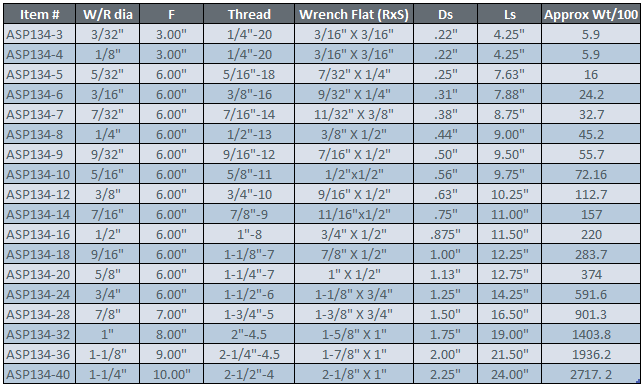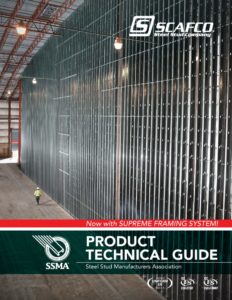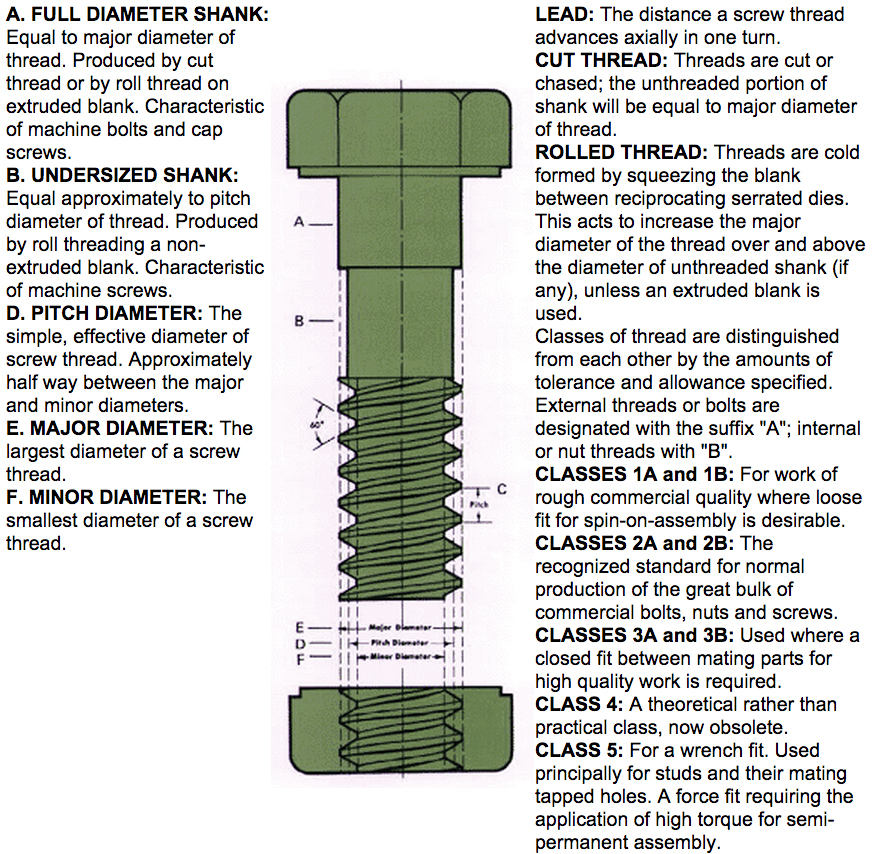Standard Metal Stud Sizes Chart
Standard Metal Stud Sizes Chart. The stud bolt and nut torque chart show the sequence to use, and the force to apply, to stud bolts used to tighten flanges (by flange class). Shaftwall is used when only one side of the wall is accessible, as in mechanical shafts where there is no floor on one side of the wall.

The tables include standard designators to idenitfy the products.
Selecting the correct size and thickness will depend primarily on the spacing of the framing members and the height of the wall.
Lip sizes are also one of the most important things to know because they determine how the pieces of metal studs will fit together. The stud bolt and nut torque chart show the sequence to use, and the force to apply, to stud bolts used to tighten flanges (by flange class). Shaftwall is used when only one side of the wall is accessible, as in mechanical shafts where there is no floor on one side of the wall.
Rating: 100% based on 788 ratings. 5 user reviews.
Arleen Butler
Thank you for reading this blog. If you have any query or suggestion please free leave a comment below.








0 Response to "Standard Metal Stud Sizes Chart"
Post a Comment